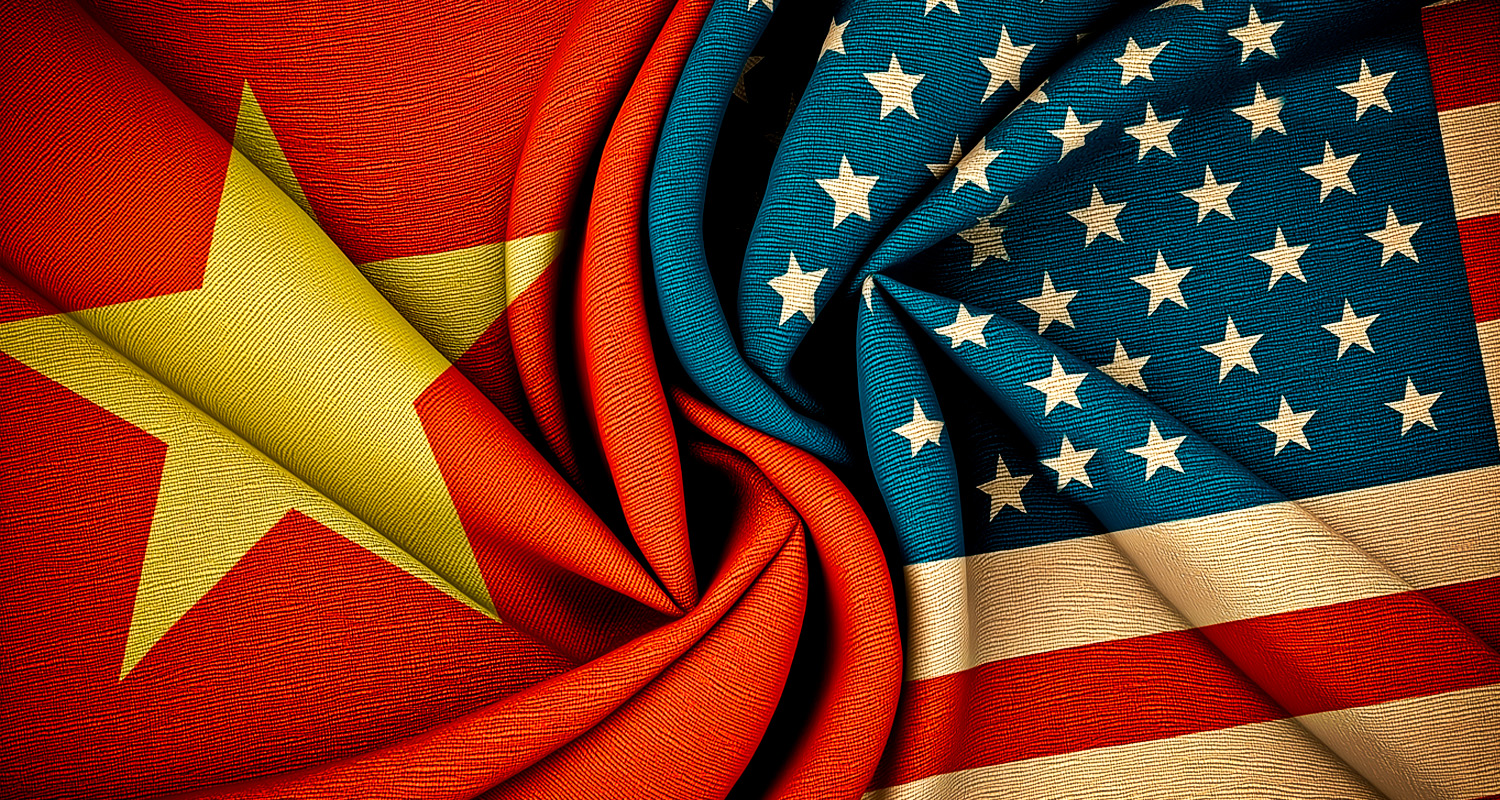In 2020, there were just four bank failures in the U.S., despite the extraordinary economic circumstances brought on by the pandemic. Only about 5 percent of banks nationwide were unprofitable, according to data from the FDIC and approximately 53 percent of banks reported annual increases in profits in 2020.
There are more than 5,000 banks and savings institutions in the U.S., but assets are increasingly concentrated at the top. The 100 largest have $16.4 trillion in assets, representing more than 80 percent of total U.S. bank assets. Asset quality and profitability vary wildly among those institutions. With that in mind, Forbes examined the financial data to gauge America’s Best Banks.
Born out of the financial crisis of the late 2000s, this is the 12th year Forbes has enlisted S&P Global Market Intelligence for data regarding the growth, credit quality and profitability of the 100 largest publicly traded banks and thrifts by assets. The 10 metrics used in the rankings are based on regulatory filings through September 30. The data is courtesy of S&P, but the rankings are done solely by Forbes.
Metrics included return on average tangible common equity, return on average assets, net interest margin, efficiency ratio and net charge-offs as a percentage of total loans. Forbes also factored in non-performing assets as a percentage of assets, CET1 ratio, risk-based capital ratio and reserves as a percentage of nonperforming assets. The final component is operating revenue growth. Forbes excluded banks for which the top-level parent is based outside the U.S.
Smaller banks and those focused on commercial lending continued to dominate the top levels of the Forbes Best Banks list. Just one bank inside the top-20 had more than $100 billion in assets.
For the first time ever, the Big Four of U.S. banking—JPMorgan Chase, Bank of America, Citigroup and Wells Fargo—saw their combined assets exceed $10 trillion, or more than half the U.S. total. None of these banks finished in Forbes Top 50, generally falling due to below-average growth as they set aside massive provisions to deal with the pandemic and were hit by plunging interest rates. JPMorgan Chase ranked highest at No. 51, dropping eight spots. Citigroup gained 10 spots to place at No. 65. Bank of America and Wells Fargo both slid, placing at #74 and #98, respectively.
As expected, a number of Texas-based banks made the list:
| 2 | Prosperity Bancshares | Houston |
| 6 | Independent Bank Group | McKinney |
| 17 | Hilltop Holdings | Dallas |
| 30 | International Bancshares | Laredo |
| 40 | Cullen/Frost Bankers | San Antonio |
| 67 | Cadence Bancorp | Houston |
| 90 | Comerica | Dallas |
| 99 | Texas Capital Bancshares | Dallas |
“We run a traditional, straightforward community banking model in four of the strongest markets in the country and this allows us to be nimble and quickly adapt to changing circumstances and be there for our customers when we’re needed most,” says David Brooks, McKinney-based Independent Financial chairman, president and CEO. “Obviously, the pandemic was the ultimate test of this block-and-tackle approach, and I’m proud to say our teams across Texas and Colorado rose to the occasion and delivered when customers needed their financial partner to help navigate choppy waters.”
“Forbes confirms what our employees and clients already know,” says Dennis E. Nixon, International Bancshares chairman and CEO. “IBC is among the strongest, most reliable banking companies in America. It’s gratifying to be recognized by industry experts. Our top priority is our relationship with our clients and staying true to our commitment to the communities we serve.”





